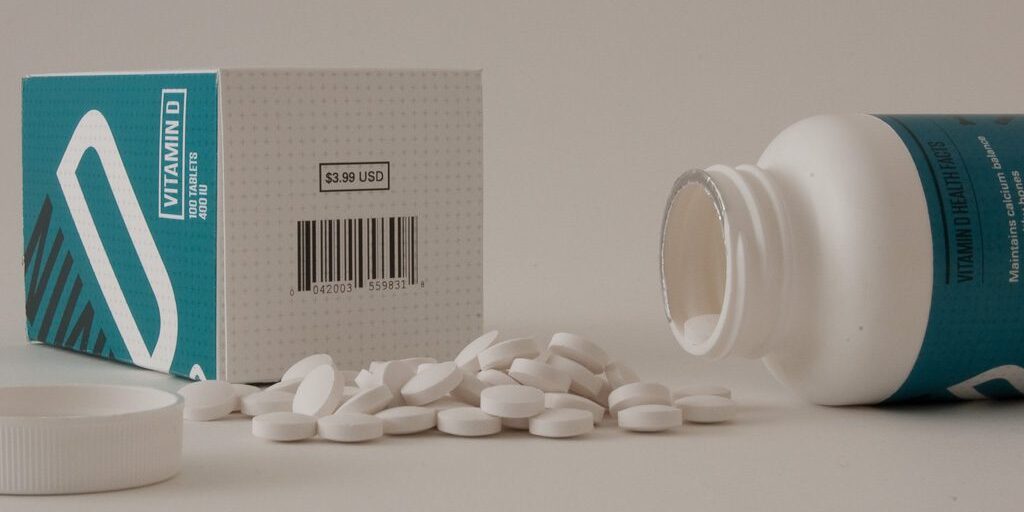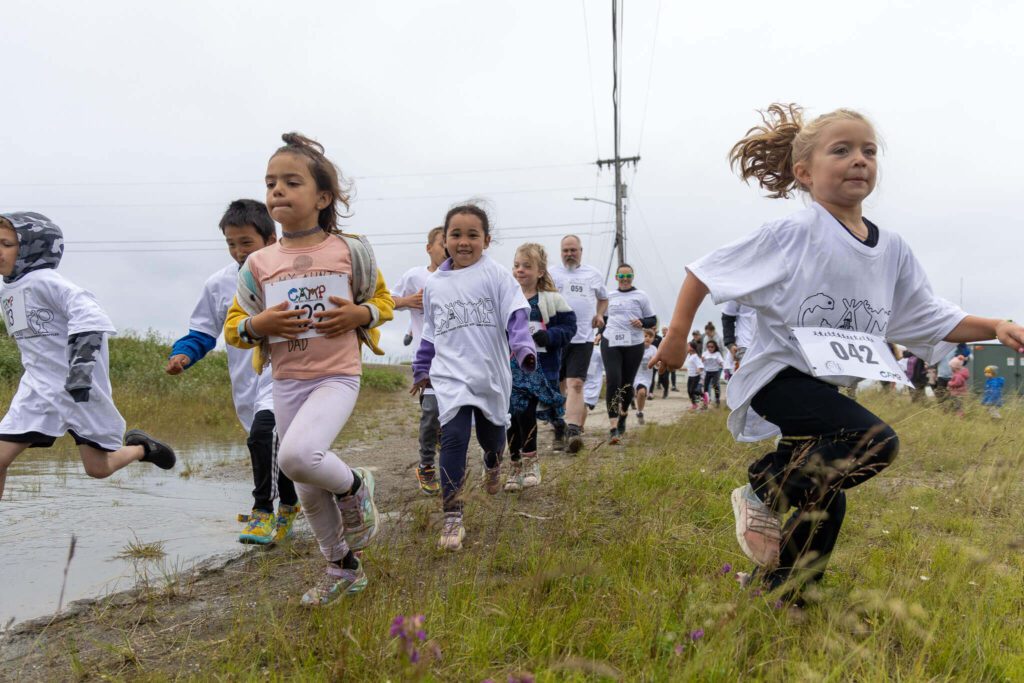Alaska children aren’t getting enough vitamin D, especially Alaska Native children who live in higher latitudes, according to state health officials.
Too little of the essential vitamin can lead to tissue damage and weak bones through bone demineralization, and in extreme cases can lead to bone deformities known as rickets.
In a bulletin from the Alaska Department of Health and Social Services’ Department of Epidemiology released Tuesday, a review of children under the age of 10 showed that, over the last decade, Alaska kids have higher rates of vitamin D deficiency and more reports of rickets than anywhere else in the country. The highest rates were found among Alaska Native children living in higher latitudes.
Pediatrician Rosalyn Singleton said the total number of cases in the state is still small, but well above the national average.
“For Nome Region, for Norton Sound, that would be just a handful of cases that we found, but it was more than what we would expect,” Dr. Singleton said.
In Alaska, she said the rates were “about twice the incidents that we might expect” in the general U.S. population and in Canada.
Working with the Alaska Native Tribal Health Consortium, Dr. Singleton said traditional diets long ago found natural sources of vitamin D.
“We know that salmon and other subsistence foods are excellent sources of vitamin D, so they can be encouraged just from that standpoint.”
While people living close to the equator can often get enough vitamin D from sunlight, Alaska’s northerly latitudes have long forced people to rely on taking in the necessary amount of vitamin D through food. Increasing the amount of the essential vitamin through vitamin D-rich foods like salmon, eggs, and fungi like lichen, or through vitamin supplements, is what Dr. Singleton and others involved in the study recommend.
“Many pediatricians have given supplemental vitamin D just to breastfed infants, but the new recommendation is not that we test for Vitamin D, but that we give supplements to all children,” she summarized.
With the risk of vitamin D deficiency and rickets increasing the farther north people live, Dr. Singleton urged parents and expectant mothers to talk to their doctors about getting enough vitamin D in their diet.







